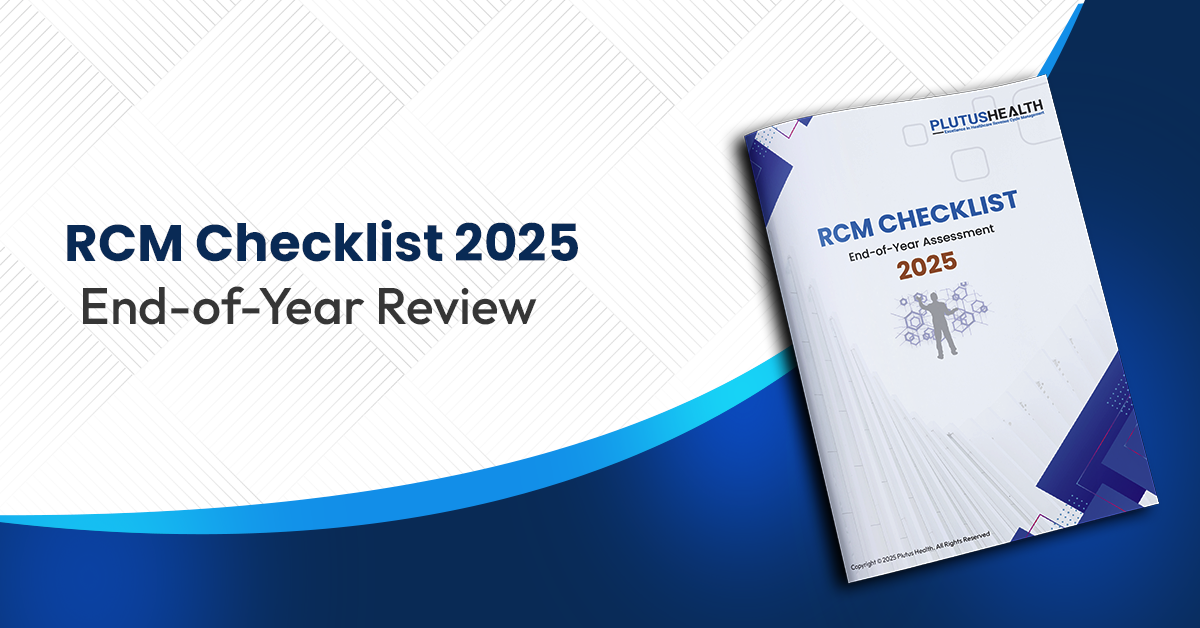Practice Management Software : Enabling Digitization of ABA Practices
Introduction
About 1 in 54 children in the US were identified with Autism Spectrum Disorder (ASD) according to a 2016 survey by the Centers for Disease Control and Prevention (CDC)'s ADDM Network. Along with the Health Resources and Services Administration (HRSA), another CDC study revealed that in the age group of 3 to 17 years, developmental disabilities were observed in 17% of children. These numbers are steadily rising. With theCOVID-19 crisis, Applied Behavior Analysis practices have embraced technology more. Telehealth has assumed greater importance and with the rising number of clients, ABA therapists struggle in giving more time to clients, while juggling with the organizational management.
Summary
Digitizing an ABA practice's management workflows simplifies cumbersome medical billing, streamlines error-prone tasks such as scheduling, keeps track of insurance claim payments, and aids in data management. Practice Management Software allows an easier transition to a digital ABA practice.
Automating the various workflows can result in increased revenue, improved data collection, better patient outcomes, and smooth running of an organization's day-to-day activities. A robust, error-free, and comprehensive Practice Management Software can aid in eliminating redundant manual processes.
Need for Practice Management Software
ABA practices require long therapy sessions and timely, detailed reports to log client progress. A manual work process can be time-consuming and error prone. An organization can face numerous such impediments in smooth functioning. Some have been discussed below:
1. Client Onboarding
Client onboarding is not only an overwhelming task but also a crucial step in the collection of accurate demographics. The organization must get all client details correct the first time to avoid any errors.
The process involves calling parents or caregivers for detailed information regarding insurance, checking with insurance companies to verify coverage, getting prior authorizations, and scheduling a BCBA that suits a client's needs.
While being waitlisted can be frustrating, a flawed process of onboarding a client can worsen the situation. For most ABA practices, this process calls for more staff training to avoid duplication of work at a later date.
2. Communication and Scheduling
Communication within the organization and with clients is of prime importance. But this detail can often be overlooked. Poor communication processes with clients can often result in mismanaged scheduling. A disruption in services can adversely affect client outcomes. Hence, timely communication becomes a pivoting point in the management of a successful ABA practice. Manual schedule-keeping can bear down on a practitioner while keeping additional administrative staff can add to the service's mounting cost.
3. Insurance Claims Processing and Payor Follow-ups
Claims processing and Payor follow-ups directly affect the revenue management of the organization. The revenue cycle begins with the verification of clients' insurance details. It moves through various processes of claims review, timely transmission, and insurance follow-ups. Insurance claims processing can be a daunting task, from generating bills and statements to monitoring inflow from payors. The input of valid codes, checking eligibility, reviewing reimbursements, batch transmission, and reworking denials is a time-consuming activity that can eat up a practitioner's valuable session time.
4. Status of Authorization
Caring for ABA clients involves acquiring and tracking Authorization. An expired authorization can be an obstacle to continuing a fruitful line of therapy. Tracking prior authorizations' procurement and expiration is a laborious task in a non-digitized managerial environment or while working with a system that does not provide a tracking system for prior authorizations.
5. Report Generation
Collecting data pertaining to demographics, insurance, sessions, diagnosis, and other clients' documents is mandatory and requires HIPAA-compliance. Such record-keeping is a protracted activity in the absence of a digital interface. Retrieving parts or whole data on demand for generating progress reports can be a challenge.
6. Reliability of systems
Although digital interfaces and software in management have become commonplace, often the reliability and inter-operability of various interfaces can pose daunting training and technical support issues. In addition to the systems' reliability, HIPAA compliance is mandatory across platforms.
Understanding the solutions
An ABA practice's mounting challenges require targeted solutions that eliminate the obstacles interfering with its smooth working. Going paperless is the broader solution to the problems of manual entry. When evaluated in-depth, a paperless system will need to address each issue seamlessly and integrate the various functions into one easy-to-use software. This system should have the flexibility to adjust to changing work processes. It should also adhere to compliance norms fully and simplify the management of the ABA practice. Some key points to look for in a good Practice Management Software are as follows:
1. Patient Registration
The system should have a simple patient registration process where the staff is proactively prompted to add accurate demographics. It should have data fields to accommodate detailed information about the client, detailed assessment codes, and multiple therapies
2. Insurance Data
Collating recent insurance-related information is vital to the revenue cycle of the organization. An efficient software provides the flexibility to add details of primary and secondary insurers or other funding sources for the clients. Staff should be trained to record these accurately and update them from time to time.
3. Detailed Client Hub
An all-in-one client Hub allows the ABA practice’s management to get the entire client history at one click. The software should provide a comprehensive view of the schedules, progress, payments, diagnosis, and other vital information of a client. Such seamless integration leads to streamlined work processes. It should also aid in easy billing and client statement generation.
4. Scheduling and Calendar
A calendar may seem simplistic, but it is crucial in timely client care. A smooth scheduling system can eliminate errors and help in providing client care in an uninterrupted manner. Automation of schedules while allowing manual flexibility, can help in effective and clear communication between the therapist and the client. A good Practice Management system makes scheduling appointments hassle-free.
5. Prior Authorization
Tracking the expiry of prior-authorizations can be a daunting task in a manual system. Automation can simplify procuring prior-authorizations for clients by alerting the practice about upcoming expiration dates of existing prior-authorizations. This leads to uninterrupted sessions and the best services.
6. Claims Review
A good Practice Management Software should integrate the clinical processes and the revenue management of the practice. The system should provide detailed insight into the status of claims submitted and various stages of Accounts Receivables (A/R). It helps to rework aged insurance claims, while denials can be evaluated for errors and rectification.
7. Claims Transmission
Correct claims transmission can reduce workload tremendously. Timely and accurate claims submissions boost Clean Claim percentage figures. Automating the claims transmission process can ensure timely submissions and batch processing using integrated EDI through a Clearing House.
8. Report Generation
An ABA therapist generates large amounts of data about client sessions and progress, scheduling, insurance billing, prior-authorizations, and revenue inflow, among others. An ideal Practice Management Software produces on-demand reports for various key indicators. Custom report generation can add insight into the functioning and progress of an ABA practice.
9. Reliability
A vital component of any Practice Management Software is the reliability of the system. A robust software uses Artificial Intelligence to customize and automate tasks, thus saving time. It makes processes more efficient through predictive analysis, and gives relevant insights, provides feedback and technological support. Most importantly, it should be compliant with HIPPA norms and provide flexible customer relationship management (CRM).
Conclusion
Having understood the challenges and solutions to a successful ABA practice, digitization seems to be the only way forward for organizations that aim to provide excellent services to their clients while managing their bottom lines in the bank.
A comprehensive Practice Management Software like Artemis by Plutus Health can bring the latest in AI and Automation to any ABA practice, so that care providers spend more time giving excellent services and less time managing their routine administrative tasks.





















































